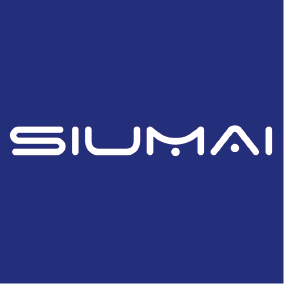Kraft paper packaging boxes are a type of packaging material that has become increasingly popular due to their durability, eco-friendliness, and cost-effectiveness. They are commonly used in a variety of industries, including food, beverage, and retail. This analysis will examine the cost-effectiveness of kraft paper packaging boxes compared to other packaging materials, such as plastic, metal, and glass.
Cost of Production
The cost of production is a crucial factor to consider when evaluating the cost-effectiveness of packaging materials. Kraft paper is made from wood pulp, which is abundant and readily available. The production process involves pulping the wood and then processing it into kraft paper. Compared to other packaging materials, such as metal and glass, the production process for kraft paper is relatively simple and cost-effective. This means that the cost of producing kraft paper packaging boxes is generally lower than other materials.
Weight and Transportation Costs
The weight of packaging materials can have a significant impact on transportation costs. Heavy packaging materials, such as glass and metal, can increase the cost of transportation due to the extra weight. In contrast, kraft paper packaging boxes are lightweight, which can reduce transportation costs. A lower transportation cost is especially important for businesses that need to ship products over long distances, as it can have a significant impact on their bottom line.
Durability
The durability of packaging materials is another critical factor to consider. Businesses need packaging that can protect their products during transportation and handling. Kraft paper packaging boxes are strong and tear-resistant, which means that they can withstand the rigors of transportation and handling. This reduces the risk of product damage or loss, which can be costly for businesses to replace. In contrast, other packaging materials, such as plastic, may be less durable, which can increase the risk of product damage or loss.
Environmental Impact
The environmental impact of packaging materials is becoming an increasingly important consideration for businesses. Consumers are increasingly demanding eco-friendly products, and businesses are responding by using more environmentally-friendly packaging materials. Kraft paper is an eco-friendly packaging material because it is biodegradable, recyclable, and compostable. This means that it can be easily disposed of or reused, reducing the impact on the environment. In contrast, other packaging materials, such as plastic, can have a significant impact on the environment due to their non-biodegradable nature.
Marketing and Branding
Marketing and branding are important considerations for businesses when selecting packaging materials. Packaging can be used to promote a business’s brand and differentiate it from competitors. Kraft paper packaging boxes can be customized with branding, logos, and colors, making them a valuable marketing tool for businesses. In contrast, other packaging materials, such as plastic, may not be as customizable or aesthetically pleasing, which can limit their marketing potential.
In conclusion, kraft paper packaging boxes are a cost-effective option for businesses compared to other packaging materials. They are relatively cheaper to produce, lightweight, durable, eco-friendly, and customizable. By using kraft paper packaging boxes, businesses can save on production and transportation costs, reduce their environmental impact, and promote their brand. While other packaging materials may have their advantages, such as the durability of metal or the clarity of glass, kraft paper packaging boxes are an excellent choice for businesses looking for an affordable, eco-friendly, and durable packaging material.
Post time: Mar-09-2023







